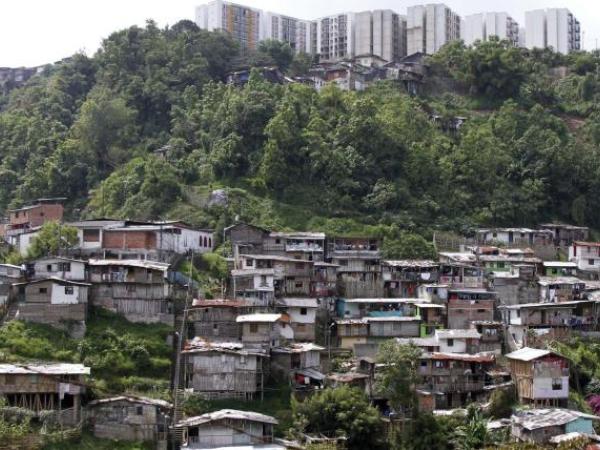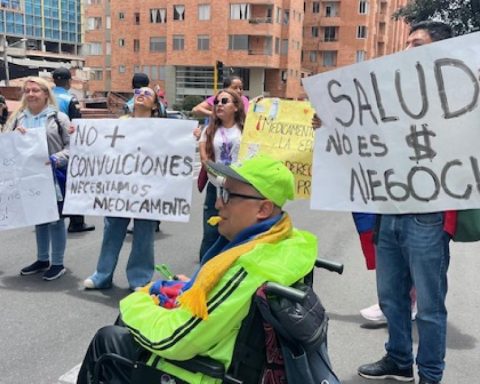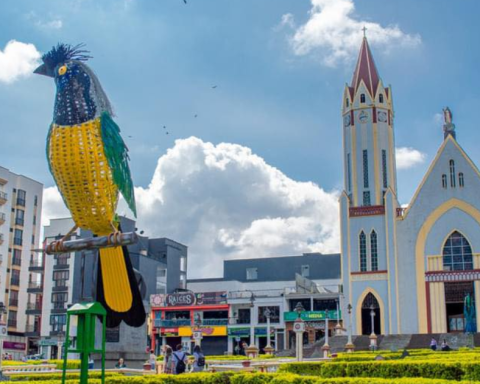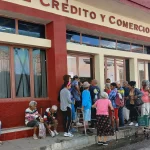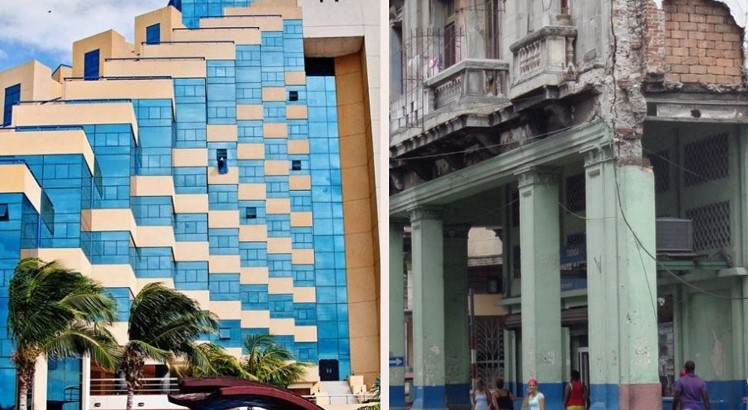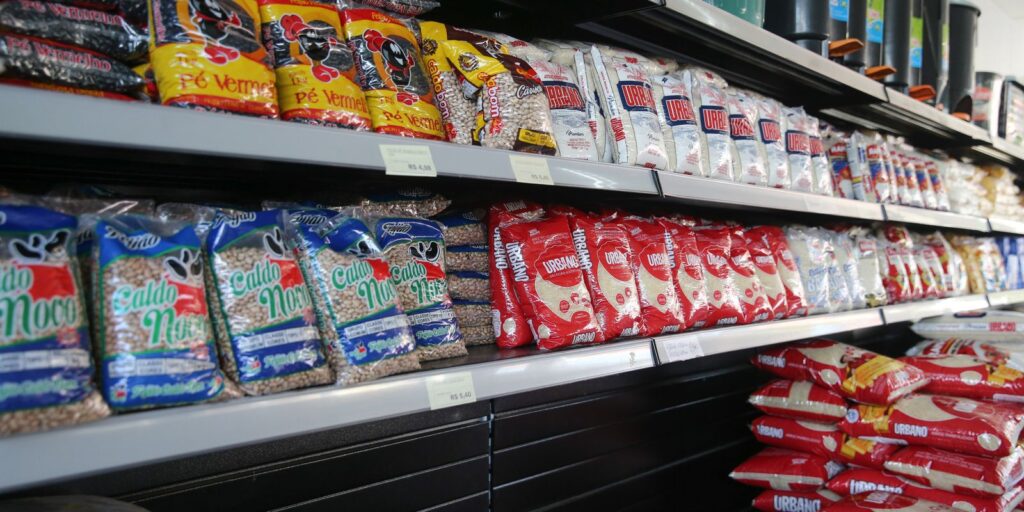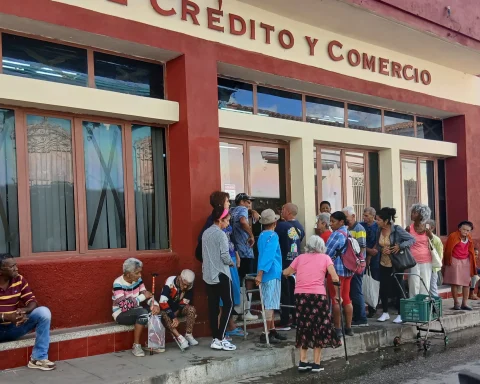Although houses in Colombia are increasingly purchased formally and decent housing is accessed through credits and subsidies from the National Government, thousands of Colombians cannot obtain decent housingand put their health or even their lives at risk due to the infrastructure conditions in their homes.
(78% of households feel that their situation is worse compared to 2021).
According to the latest report from the National Administrative Department of Statistics (Dane), of all households in the country, 31% have problems with their housing, which corresponds to 5,240 spaces.
In the main capitals of the country, the housing deficit stood at 20.4% in 2021, This figure is lower than in previous years, since, in 2019 and 2020, it was 21.6%.
In rural areas, this situation is much more serious. The study detailed that at the end of 2021, 68.2% of these households had a housing deficit, a higher figure than in 2020 (64.5%).
(Consumer confidence improved in May and reached 35.4 points).
And regarding structural damage, that is, homes that do not have the optimal characteristics to be habitable, the report revealed that of the national total, in 2021, 7.5% of homes have this problem.
HOW DO COLOMBIANS LIVE?
On walls, the Dane showed that of the total number of homes in 2021, 85.9% have a block, brick, stone or polished wood structure, which corresponds to 14,656 homes.
On the other hand, the report indicates that 2.7% of homes have tapia or Adobe walls, 2.3% of homes have plastered bahareque, 1.6% unplastered bahareque, 5.7% use rough wood , board or plank, 0.8% use prefabricated material, 0.1% guadua, 0.3% cane, mat or other vegetable.
Other figures to highlight are thatl 0.6% of households use zinc, cloth, canvas, cardboard, cans, waste or plastic for the structure of their walls in the homewhich corresponds to 104,000 households and the Dane also identified 6,000 households that reside in a house without walls.
Regarding the material of the floor, and according to Dane data, the majority of Colombians (62.8%) reside in a home with a base of tile, vinyl, tablet, brick or laminate, in second place, 25.7%. of Colombians do not have a cement or gravel floor covering, and in third place are homes made of earth, sand or mud (6.2%).
In addition, the figures show that only 0.3% of Colombians have carpets for floors, 1.0% use polished and lacquered wood, 0.4% use marble in their home and 3.6% use rough wood. , boards or planks.
WHAT SPACES ARE THERE IN THE HOME?
In Colombian homes they usually have a space dedicated solely to preparing food, however, there are those who, due to space or family dynamism, prefer to cook in other places inside or outside the house.
For example, although 85.8% of Colombians have a space dedicated entirely to this activity, 3.8% of Colombians prepare food in a patio or in a ramada in an open space, in rural areas, this figure rises to 13%, especially in Amazonas (25.3).
There are others who decide to cook in the same space where they sleep (1.7%), or in the dining room with an integrated dishwasher (5.5%) or without a dishwasher (1.9%).
Regarding the bathrooms, the Dane’s report revealed in turn that Although 74.3% of Colombians have a toilet service connected to the sewer system, in rural areas, this figure barely reaches 13.6%.
In this way, thousands of Colombian households have had to look for alternatives to use the bathroom: for example, 18% use a toilet connected to a septic tank, 0.8% use a toilet without any connection, 0.6% use a latrine and 2.5% have a toilet with direct loading to water sources (low tide).
The Dane report also highlights that more than 3.8% of households do not have any sanitary service in their home, which corresponds to 643,000 Colombians throughout the country.
In rural areas this figure is 555,000 homes and in urban areas 88,000.
PAULA GALEANO BALAGUERA
BRIEFCASE
